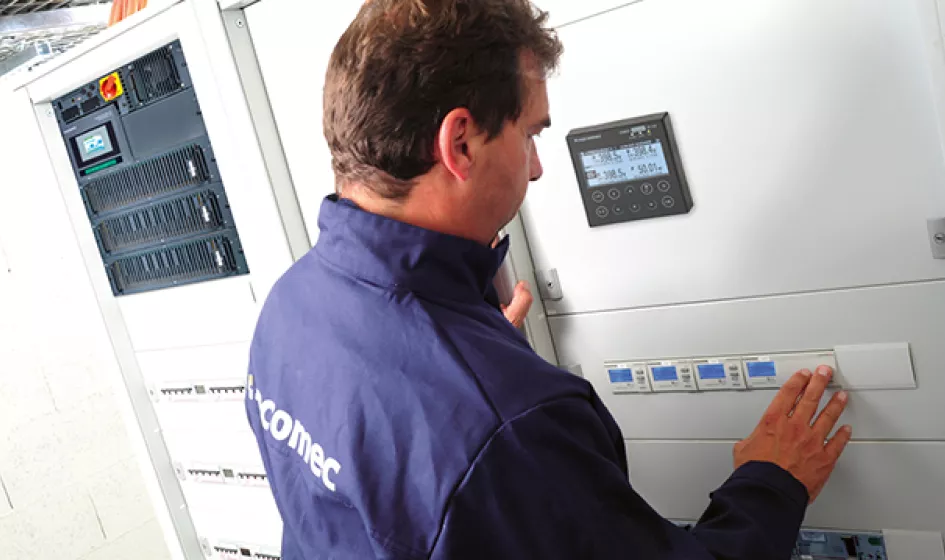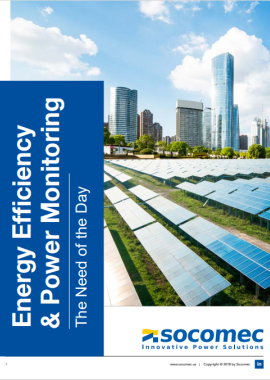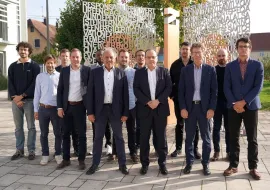New construction and existing buildings alike are looking for new ways to reduce energy consumption and move away from using grid power
According to the International Energy Association (IEA) roughly 42% of the world’s energy is used up by buildings. Federal and local governments have implemented funding and programs to encourage energy and water conservation design methods. This means that building engineers and developers must take a closer look at post-construction operation energy usage to design towards lowering energy consumption. High-efficiency equipment and design elements are the first aspects of green building design. But from there, systems must be put in place to manage and maintain energy usage. To do that, facility managers must understand how to identify the equipment and devices that consume the most energy as well as power anomalies that affect power usage in a building.
Identify the Higher Energy Consumers
From hospitals to schools to grocery stores, different types of buildings share some fundamental equipment that is responsible for the majority of power consumption. Equipment such as heating and cooling equipment consume a large percentage of power in most buildings. Lighting and refrigeration are also big power sippers. But according to the U.S. Energy Information Administration in both the residential and commercial sectors, roughly 40% of all electricity consumed in a building was by other appliances such as computers, cooking equipment, security systems, power for elevators, and laundry equipment. Most commercial buildings have Building Management Systems (BMS) that control systems such as cooling, heating, and ventilating equipment. These BMS allow them to control the energy consumption of these systems. But the major consumers of electricity in a building cannot be tracked unless metering is installed. With metering, each device and electrical panel in a building can be directly read for energy consumption. This meter can then be integrated with a BMS so that facility managers can produce detailed reports and trends of energy consumption in the building.
Why Energy Cost Reduction Matters to Facility Managers
Finding the potential energy wasters in your building with metering can drastically reduce a building’s energy costs. Large equipment like HVAC equipment, refrigerators, and lighting systems can have a big impact on energy consumption and should be monitored through meters and a central EMS, or Energy Management System. But the vast number of other devices and equipment within a building that are in constant use and may never turn off can account for nearly half of a building’s energy usage. This group stands to benefit from individual metering so that facility managers can have a real-time snapshot of every source of power use. In addition, metering can indicate unusual usage patterns that might signal surges or failing equipment or electrical systems, which can also be costly. With those two factors in mind, a facility manager can observe and make a strategy to control energy usage within the facility that can save on their bottom line.
Are you looking to learn more about identifying energy waste in buildings and how you can lower building costs? Download our free white paper, Energy Efficiency & Power Monitoring: The Need of the Day.







